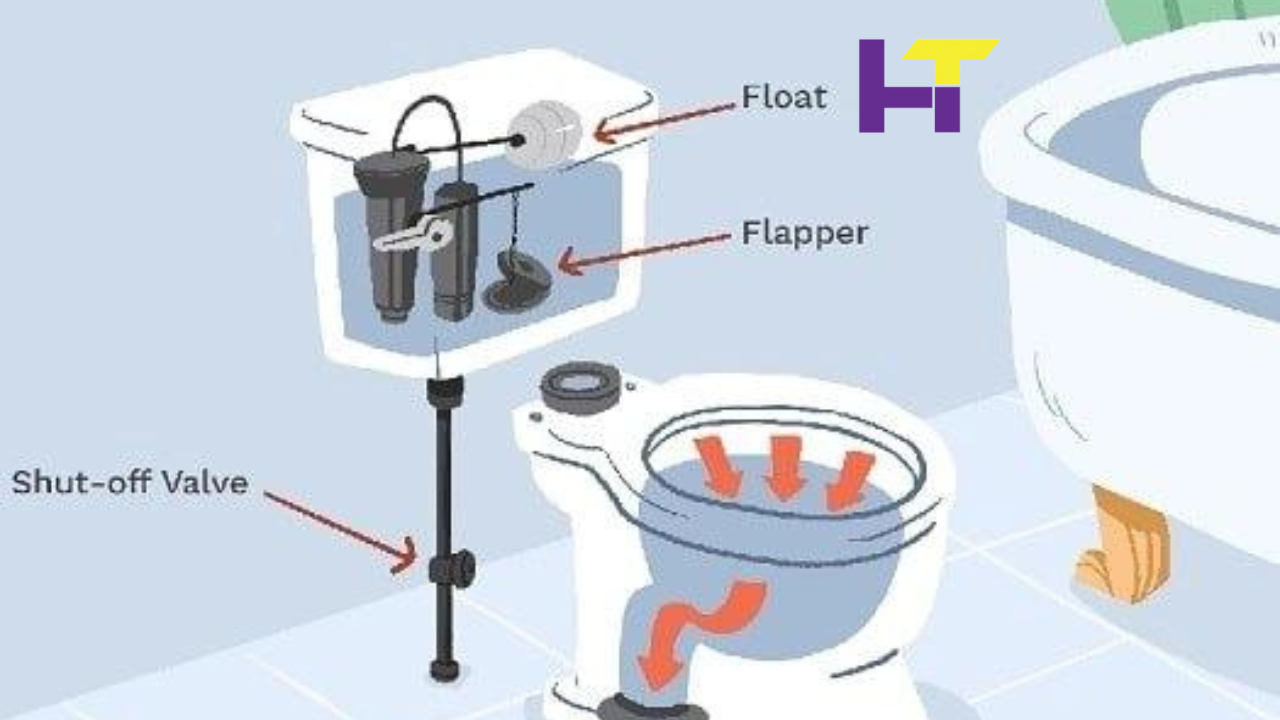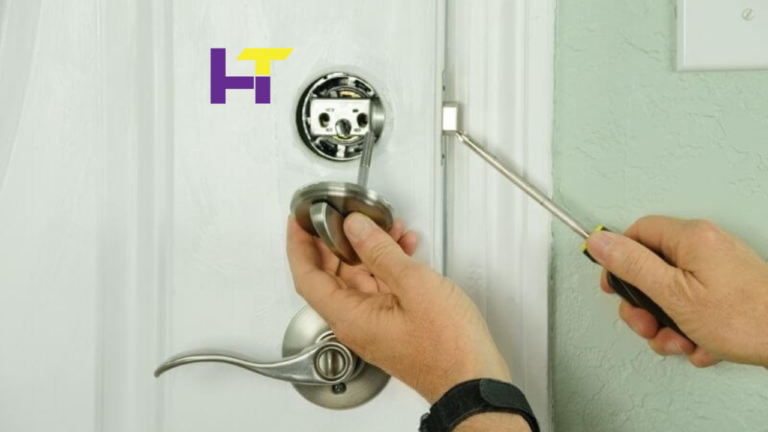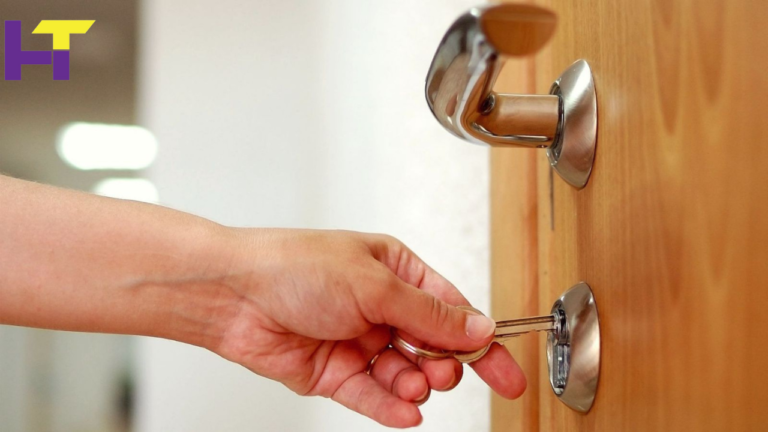How To Fix An Overflowing Toilet? Top 6 Tips That May Help You

Dealing with an overflowing toilet can be both frustrating and unsightly. If not addressed promptly, it can lead to significant damage and fill your home with a foul odour. In such situations, having the knowledge to fix the issue can be a real lifesaver! When faced with an overflowing toilet, the first step is to shut off the water supply at its source immediately. Utilizing a plunger or auger can help unclog the toilet and prevent any further backflow.
If shutting off the main water line is not possible, removing the toilet lid and pushing down on the rubber flapper can help reduce water flow. It’s essential then to investigate the cause of the clog and overflow in order to resolve it effectively. Also read: Bathroom remodelling ideas.
How To Fix An Overflowing Toilet?
Have you checked if the toilet was correctly flushed? If it overflows and causes a mess on the floor, it’s essential to address this issue immediately. Here are some steps to help you clean up the water and waste effectively.
Turn off the main water line:
If the toilet is overflowing, make sure to shut off the main water supply line promptly. Locate the line and valve situated behind the toilet on the wall, and turn it off to prevent more water from entering the tank and bowl.
If you’re unable to locate this valve, consider shutting off your home’s main water supply – although this may inconvenience household members by cutting off their water access. This can be particularly tricky in apartment buildings. Alternatively, proceed with the following suggested step.
Flapper: Adjust the toilet
The rubber flapper located inside the toilet tank regulates the water flow into the bowl. Positioned directly above the tank’s opening, this component can be adjusted to control the flow of water by moving it from an open to a closed position. To make adjustments, lift the lid of the tank and wear gloves for safe access to the flapper.
Adjust the float ball:
Toilet float balls, also called float valves or ballcocks, can be adjusted to control the flow of water from the tank to the bowl. In modern toilets, the float ball moves up and down along a vertical line. Raise the float ball to keep the water level in the tank below a certain point.
This prevents water from entering the bowl and causing overflow. If adjusting the float ball is difficult, temporarily secure its position with a stick or electrical tape to address any clogs in the toilet drain.
Start plunging the toilet:
Make sure the toilet plunger is aligned perfectly with the hole in the bowl. Position the rubber cup of the plunger accurately to create a tight seal. This seal will create a vacuum in the toilet drain, allowing water to flow quickly and flush away everything.
Once you have secured the plunger for a tight seal, fill the bowl with water and continue to plunge for a few seconds. Lift the plunger, and the suction force will help clear debris and clogs as water flows through the drain. For stubborn clogs, use the flange of the plunger to dislodge them. Repeat this plunging process two to three times for best results.
Use the plumbing auger:
The plumbing auger is highly effective in capturing and removing foreign objects that are causing clogs in the toilet drain. These objects can include tissue paper, sanitary napkins, plastics, and other materials.
By utilizing a closet auger, you can navigate deep into the toilet drain and manoeuvre around bends with its wired and contoured head to extract foreign objects and clear the blockages. As you apply pressure to the drill, it dislodges obstructions while breaking down larger debris into smaller pieces that can be easily flushed away.
In a pinch, a coat hanger can also be repurposed by straightening one end with a rounded tip to function similarly to a plumbing auger.
Chemical cleaner and hot water:
If traditional methods fail to prevent a toilet overflow, consider employing chemical cleaner and hot water. Purchase specialized unclogging products from stores and administer them down the toilet drain.
Follow up with a generous pour of hot water, allowing the chemical reaction to work its magic. Alternatively, create a mixture of baking soda and white vinegar to tackle minor blockages. Sprinkle baking soda into the bowl and introduce vinegar to initiate a fizzing action that will dissolve debris and halt any potential overflow.
Conclusion
Overflowing toilets are not only unsanitary but also quite unpleasant. If you encounter a minor blockage, try clearing it to prevent further overflow. In case the issue persists, it’s best to seek help from a skilled plumber who can effectively address the problem.
Consistent occurrences of overflowing toilets warrant more serious attention. Conducting a video inspection of the drain and seeking professional assistance will guarantee a smoothly running and unobstructed toilet system.
Read More: Elevate Your Home Decor: Unique Ways to Decorate with Infinity Rose Boxes.






